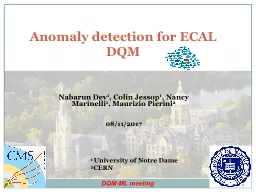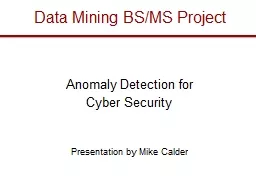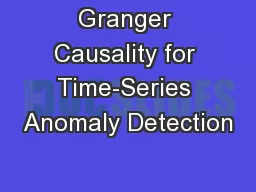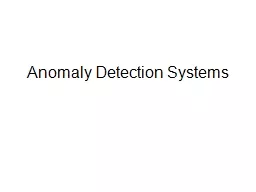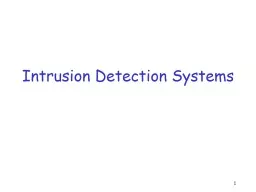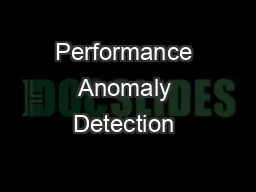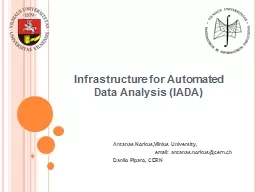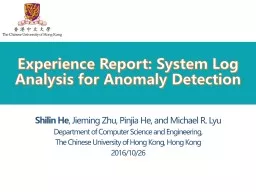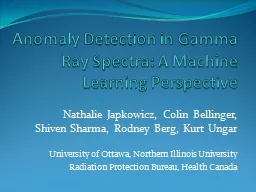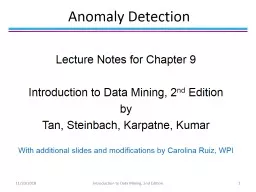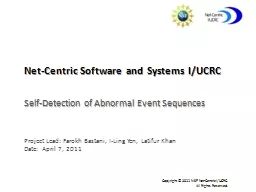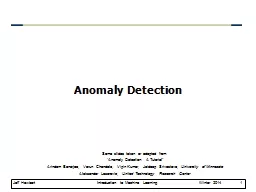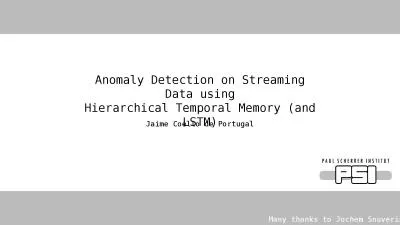PPT-Anomaly detection for ECAL DQM
Author : shangmaxi | Published Date : 2020-08-28
Nabarun Dev 1 Colin Jessop 1 Nancy Marinelli 1 Maurizio Pierini 2 08 11 2017 1 University of Notre Dame 2 CERN DQMML meeting Outline NDev University of Notre
Presentation Embed Code
Download Presentation
Download Presentation The PPT/PDF document "Anomaly detection for ECAL DQM" is the property of its rightful owner. Permission is granted to download and print the materials on this website for personal, non-commercial use only, and to display it on your personal computer provided you do not modify the materials and that you retain all copyright notices contained in the materials. By downloading content from our website, you accept the terms of this agreement.
Anomaly detection for ECAL DQM: Transcript
Download Rules Of Document
"Anomaly detection for ECAL DQM"The content belongs to its owner. You may download and print it for personal use, without modification, and keep all copyright notices. By downloading, you agree to these terms.
Related Documents

